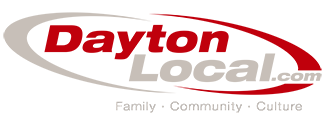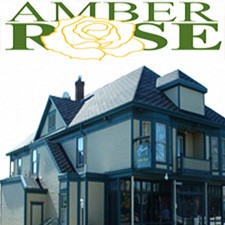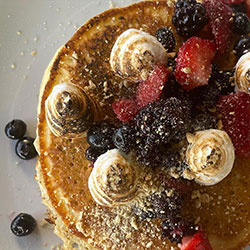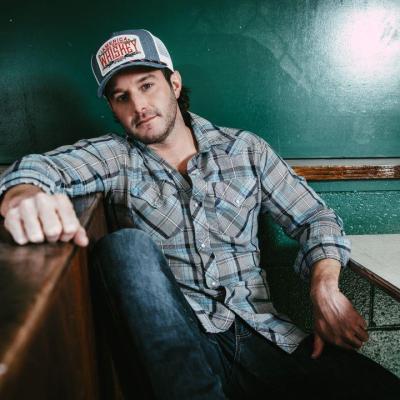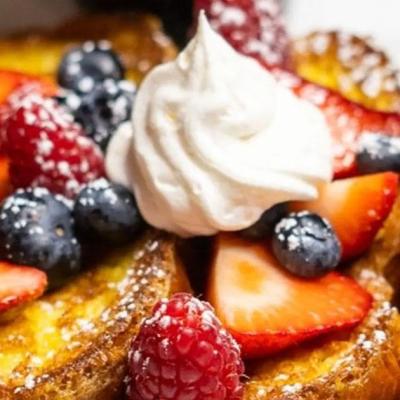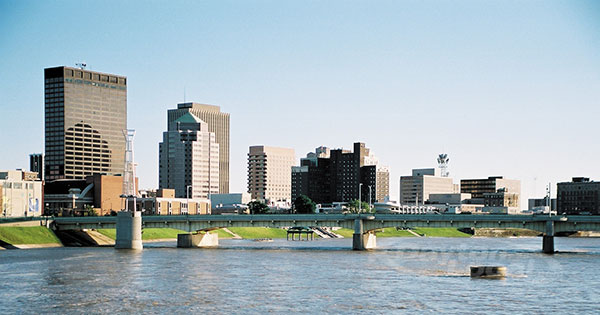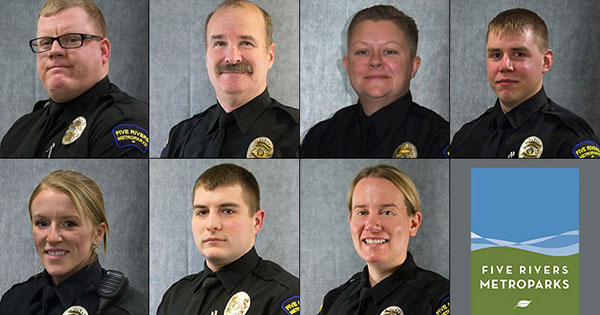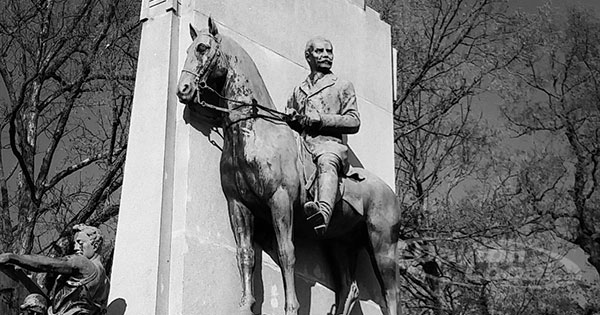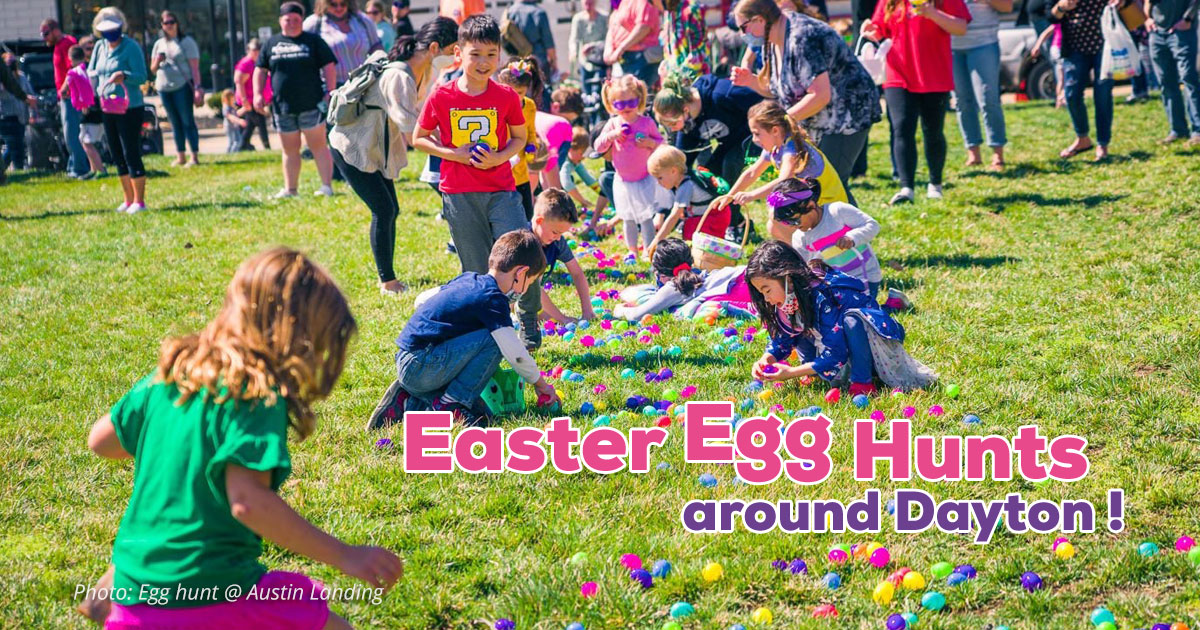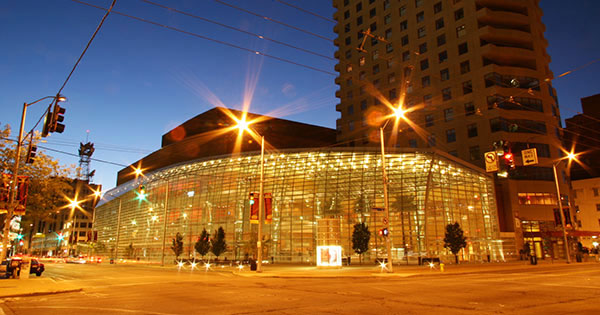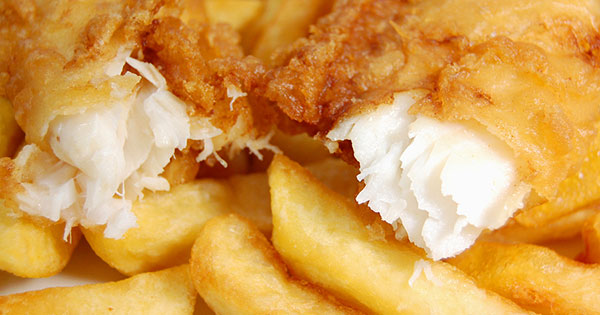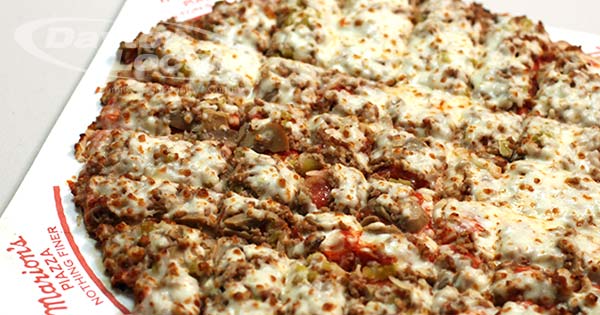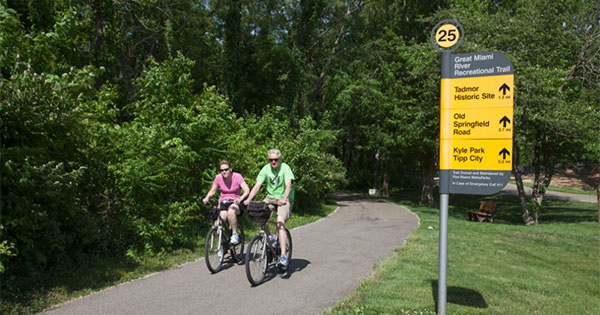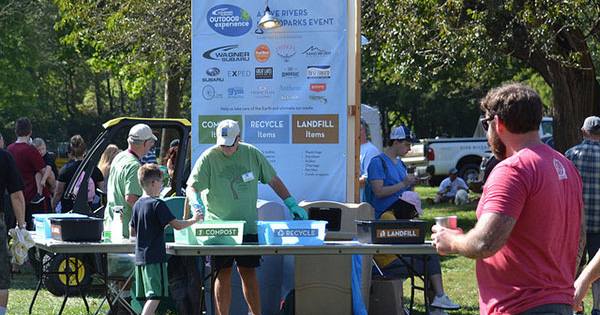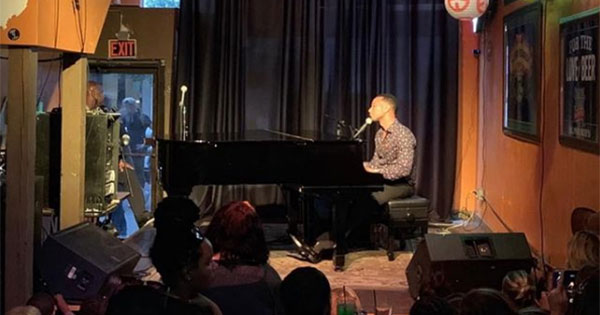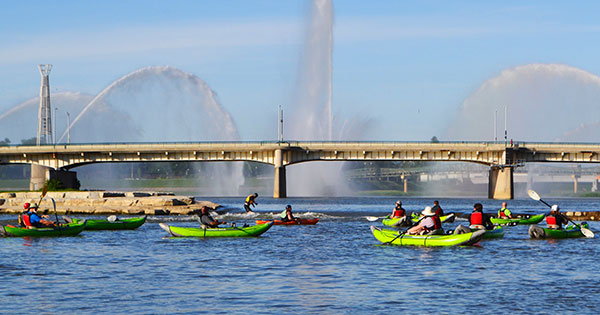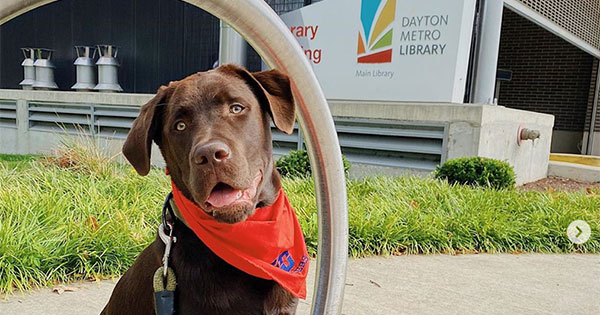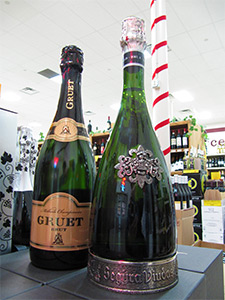
A bottle of Champagne or Asti on New Year's Eve is tradition for most of us. So here's a bubbly guide and buying recommendations.
A Bubbly Buying Guide
At this time of year, everyone thinks of bubbly. A bottle of Champagne or Asti on New Year's Eve is tradition for most of us. You may have had a Mimosa on Christmas morning while the kids were tearing through wrapping paper. So here's a quick reference on sparkling wine, as well as some buying recommendations.
First up: terminology and geography. The general term for wine with bubbles is "sparkling wine". In the US, we've used "Champagne" as a generic label, but that's long been inappropriate, and now it's actually illegal! Champagne is a legally-defined wine-making region (in France), with international trademark protection.
In addition to Champagne, there are other places in France that produce sparkling wine – they generally all use the terms "Cremant" or "Mousseux" in their names. In Italy, you'll find Prosecco, Lambrusco, and anything that says "Frizzante" or "Spumante" - and the big seller of the last 5 years from Italy is Moscato, which is available in both sparkling and still versions. In Spain, there's Cava; in Germany, Sekt; and in most of the rest of the world, they'll just put "Sparkling" on the label.
Sparkling wines vary a lot in sugar level – from bone dry and brisk, all the way to tooth-hurtingly sweet. They should be labeled to indicate sweetness – the most common terms, from most sweet to least sweet, are: Demi-Sec, Dry, Extra Dry, Brut. The trick to remember where Brut falls: Brut is 'brutally' dry. Most of the Italian stuff – Moscato, Prosecco, and Lambrusco – is Demi-Sec or sweeter.
Don't think that sparkling wines are only for special occasions – bubbly is a nice thing to have any time, and it's so reasonable in price these days that it's not an extravagance to have a bottle once or twice a week. I especially like to drink sparkling wines with sushi, fried Mexican dishes, smoked fish, and cream soups. It also works well with lots of hors d'ouevres.
Now for some recommendations. I'm a huge fan of Cava from Spain; they produce excellent sparkling wines at great prices. Segura Viudas Brut (about $12) is a great value; and its big brother, the Reserva Heredad in the pewter-clad bottle (about $25) is even better. I also love Gruet – originally a French Champagne house, their US arm produces sparkling wine in New Mexico on land first planted by the Spanish missions more than 300 years ago. Both their Brut and Blanc de Noirs ($18) are excellent, with classic French styling. If you really want to splurge, Ruinart ($80) and Jean Lallement ($65) are top-of-the-line Champagnes. And if you're in the mood for something sweet, Cascinetta Vietti Moscato ($17) is about the best I've ever had from Italy.
And – don't forget the rosé! That awful stuff they sold in the 70's turned generations of Americans off pink bubbly, but rosé sparkling wine is actually the best deal out there. Most rosés are made with 100% Pinot Noir grapes, and have the extra richness, body, and length to go nicely with smoked salmon, paté, and all those crispy buffet-table nibbles that you indulge in at this time of year. Gruet and Chandon do excellent rosés, and there are some darker sparkling rosés from Australia and Argentina as well.
Cheers!

